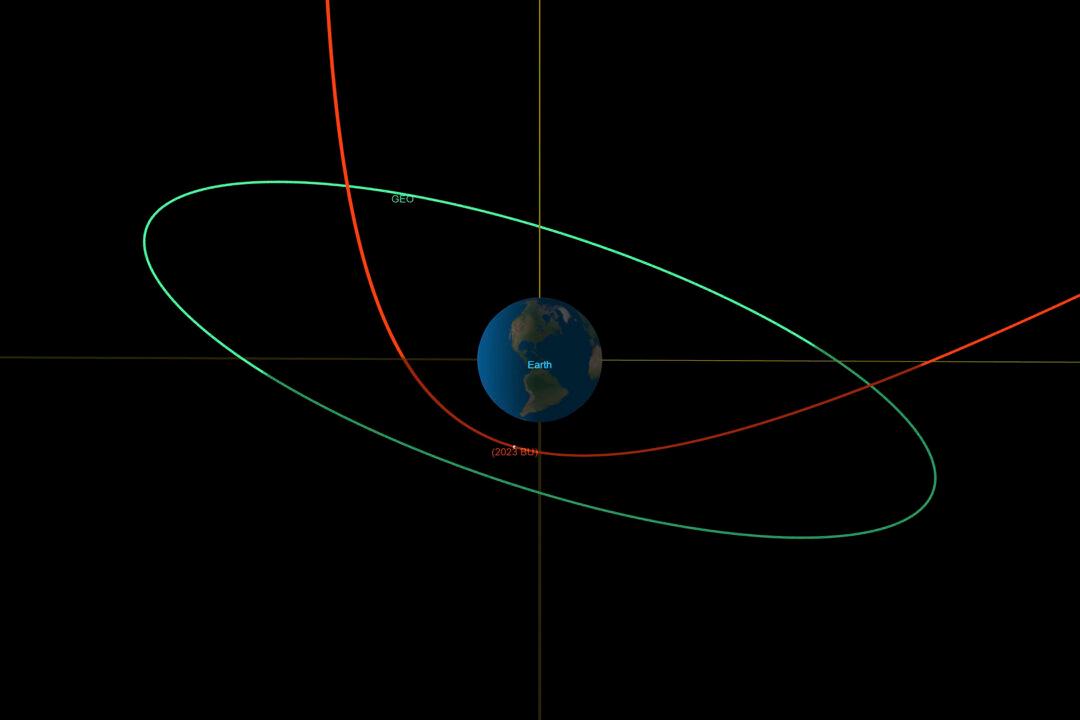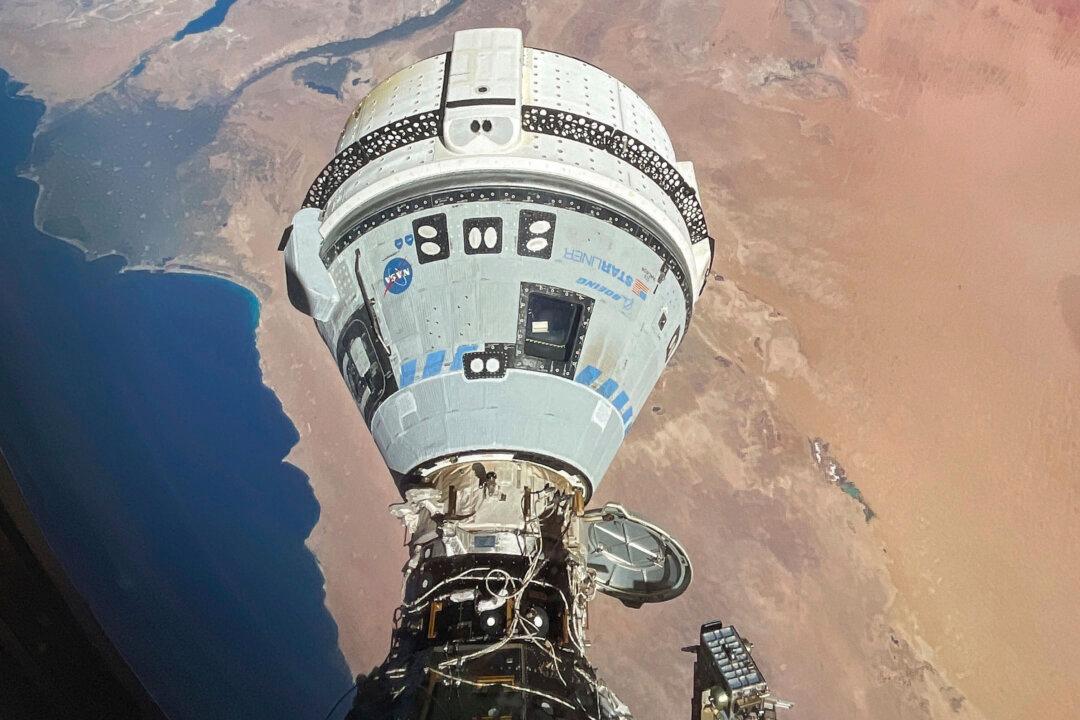An asteroid roughly the size of a minivan will skim past Earth on Thursday night, coming closer than some satellites to the Earth’s surface, NASA reported on Wednesday.
NASA calculated that the asteroid will make one of the closest approaches to Earth ever recorded, but will safely miss the planet.





